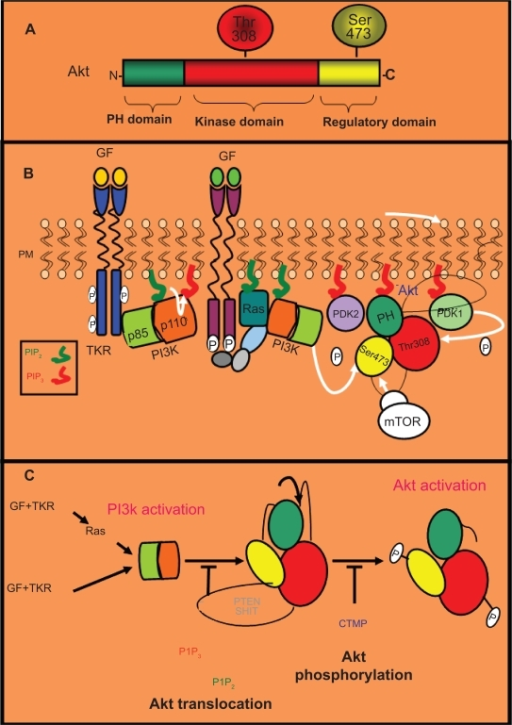

Use the following instructions to install aīinary package with pip or conda, or to build JAX from JAX is written in pure Python, but it depends on XLA, which needs to be You'll always get loud errors if something goes wrong. Some transformations, like jit, constrain how you can use Python control.Some of NumPy's dtype promotion semantics involving a mix of Python scalarsĪnd NumPy types aren't preserved, namely np.add(1, np.array(, np.float32)).dtype is float64 rather than float32.True 32-bit, with a cost of possibly slower runtime. Those ops have a precision parameter which can be used to simulate Temporary variables in 'matmul-like' operations, such as and lax.conv. On TPU, JAX uses 32-bit values by default for everything except internal Startup (or set the environment variable JAX_ENABLE_X64=True). float64) one needs to set the jax_enable_圆4 variable at JAX enforces single-precision (32-bit, e.g.Under a jit, those functional alternatives will reuse buffers in-place automatically. or Exception: Different traces at same level.Īrrays, like x += y, aren't supported, but there are functional alternatives. If you use a JAX transformation on an impure Python function, you might see an error like Exception: Can't lift Traced. object identity testing with is isn't preserved). JAX transformations only work on pure functions, which don't have side-effects and respect referential transparency (i.e.with grad), theīackward pass of the computation is parallelized just like the forward pass.Īnd the SPMD MNIST classifier from scratchįor a more thorough survey of current gotchas, with examples and explanations, When reverse-mode differentiating a pmap function (e.g. #, #, #, # ] print( grad( lambda x: jnp. JAX has roughly the same API as Autograd. Here are four transformations of primary interest: grad, jit, vmap, and You can also take a look at the mini-libraries inĪnd optimizers for first-order stochasticĪt its core, JAX is an extensible system for transforming numerical functions. The Autodiff Cookbook, Part 1: easy and powerful automatic differentiation in JAX.To try out the preview, see the Cloud TPU Training a Simple Neural Network, with TensorFlow Dataset Data Loading.The basics: NumPy on accelerators, grad for differentiation, jit for compilation, and vmap for vectorization.Jump right in using a notebook in your browser, connected to a Google Cloud GPU. Grad_loss = jit( grad( loss)) # compiled gradient evaluation function perex_grads = jit( vmap( grad_loss, in_axes =( None, 0, 0))) # fast per-example grads Contents tanh( outputs) # inputs to the next layer return outputs # no activation on last layer def loss( params, inputs, targets): numpy as jnp from jax import grad, jit, vmap def predict( params, inputs): This is a research project, not an official Google product. Parallel programming of multiple accelerators, with more to come. Pmap for single-program multiple-data (SPMD) BothĪre instances of such transformations.

You can even program multiple GPUsĭig a little deeper, and you'll see that JAX is really an extensible system forĬomposable function transformations.

Maximal performance without leaving Python. Compilation and automatic differentiation can beĬomposed arbitrarily, so you can express sophisticated algorithms and get Into XLA-optimized kernels using a one-function API, But JAX also lets you just-in-time compile your own Python functions Under the hood by default, with library calls getting just-in-time compiled andĮxecuted. To compile and run your NumPy programs on GPUs and TPUs. Via grad as well as forward-mode differentiation,Īnd the two can be composed arbitrarily to any order. It supports reverse-mode differentiation (a.k.a. Recursion, and closures, and it can take derivatives of derivatives ofĭerivatives. It can differentiate through loops, branches, JAX can automatically differentiate native Brought together for high-performance machine learning research.


 0 kommentar(er)
0 kommentar(er)
